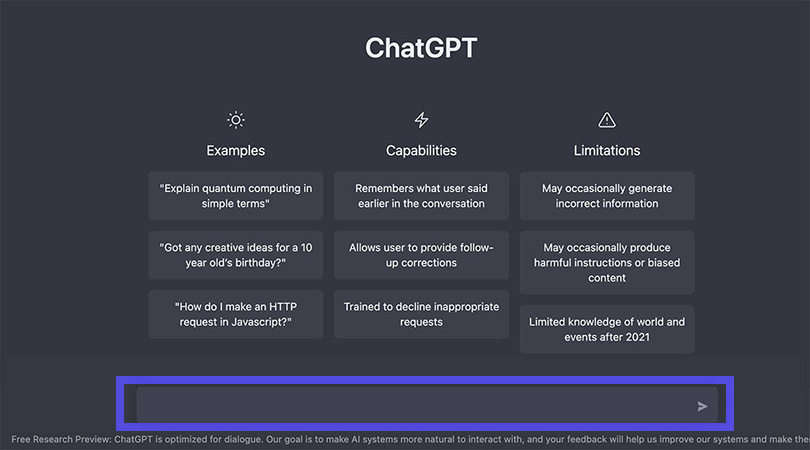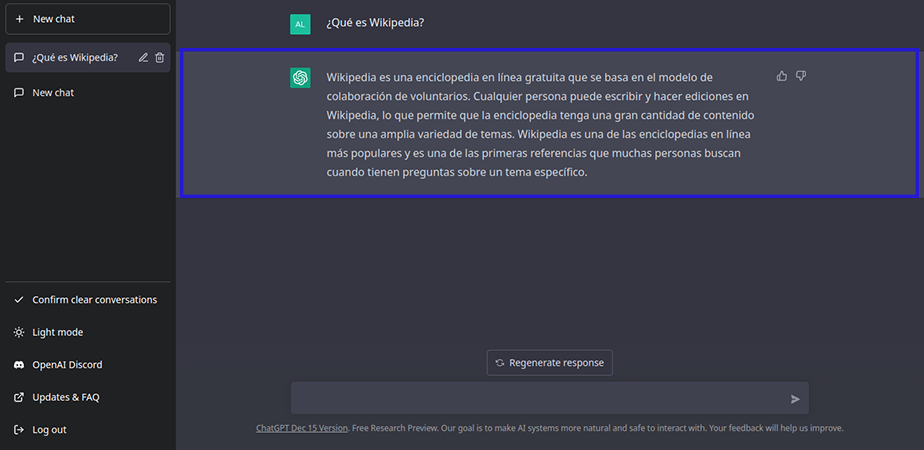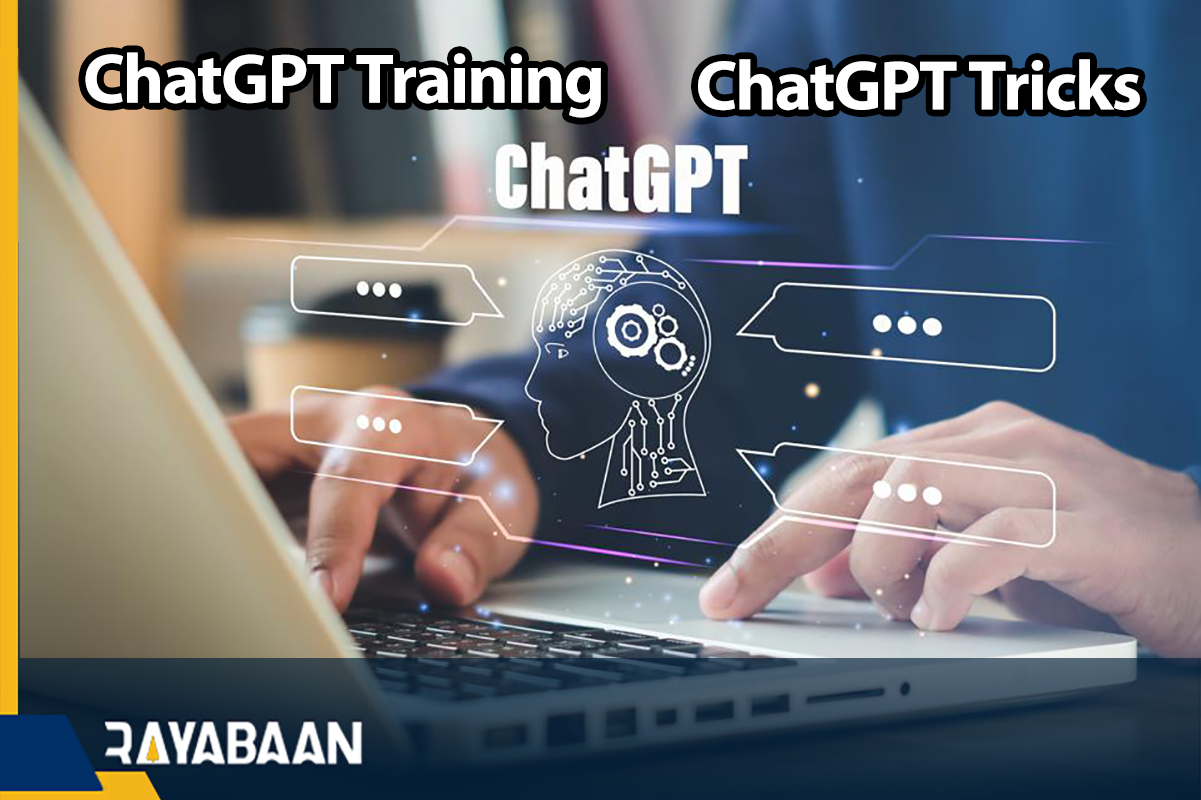ChatGPT Training: A Comprehensive Guide to Achieving the Best Results
ChatGPT is an AI-powered conversational agent designed to simulate human conversation, and it has gained immense popularity over the years. With the increasing demand for ChatGPT, it has become necessary to train the bot to ensure its performance is up to standard.
ChatGPT training is a process that involves feeding the bot with data and teaching it how to interact with users in a way that feels natural and engaging. In this article, we’ll cover everything you need to know about ChatGPT training, from its importance to the steps involved in achieving the best results.
The history of openAI company
OpenAI is an artificial intelligence research laboratory consisting of leading experts in the field of AI. The company was founded in December 2015 by a group of high-profile entrepreneurs and investors, including Elon Musk, Sam Altman, Greg Brockman, Ilya Sutskever, John Schulman, and Wojciech Zaremba.
The founders of OpenAI were motivated by a shared concern about the potential negative consequences of artificial intelligence and sought to create an organization that would help steer the development of AI in a positive direction. They envisioned an organization that would conduct cutting-edge research in AI and machine learning, while also advocating for the responsible use of AI technology.
In the early days of OpenAI, the company focused on developing advanced machine learning algorithms and creating new AI technologies that could be used in a variety of applications. Some of the early projects at OpenAI included research into deep learning algorithms, natural language processing, and robotics.
One of OpenAI’s most notable achievements came in 2016 when the company’s machine learning system defeated a top-ranked player in the game of Go. The victory was significant because Go is an incredibly complex game, and many experts had previously believed that it would be many years before a machine could defeat a top human player.
Over the years, OpenAI has continued to push the boundaries of what is possible with AI and machine learning. The company has released numerous open-source tools and libraries for developers, including TensorFlow, Gym, and PyTorch. These tools have made it easier for developers around the world to create powerful AI systems and applications.
Today, OpenAI remains one of the most prominent and influential organizations in the field of AI. The company’s research has led to breakthroughs in many areas of AI and machine learning, and its advocacy work has helped to promote the responsible and ethical use of AI technology. As AI continues to evolve and change the world in new ways, OpenAI will likely continue to be at the forefront of these developments.
Why ChatGPT Training is Important
The success of ChatGPT depends on its ability to provide users with quick and accurate responses. Training the bot is crucial in achieving this because it enables the bot to learn from past conversations and adapt to new situations. Proper training ensures that the bot understands the user’s intent, context, and preferences, making it possible to provide personalized and relevant responses.
ChatGPT training also improves the bot’s natural language processing capabilities, making it easier for the bot to understand and respond to user queries accurately. Additionally, training ChatGPT enhances its ability to learn from user feedback and improve its performance over time.
Steps Involved in ChatGPT Training:

Step 1: Data Collection and Preparation
The first step in ChatGPT training is collecting and preparing data that will be used to train the bot. This involves identifying relevant datasets that align with the bot’s purpose and cleaning the data to ensure it’s accurate and consistent. The data collected should also cover a wide range of user intents and topics to ensure the bot can handle diverse conversations.
Step 2: Building a Training Corpus
Once the data is collected, it’s used to build a training corpus, which is a collection of conversational examples that the bot will learn from. The training corpus should be designed to mimic real conversations and should include different scenarios and contexts to provide the bot with a comprehensive understanding of user intent.
Step 3: Training the Bot
Training the bot involves using machine learning algorithms to teach the bot how to respond to user queries based on the training corpus. During training, the bot learns to identify patterns in the data, enabling it to provide accurate and relevant responses. The training process may take several iterations, and the bot’s performance is evaluated regularly to identify areas that need improvement.
Step 4: Evaluation and Improvement
After training, the bot’s performance is evaluated to determine its accuracy and effectiveness in handling user queries. Any gaps or errors in the bot’s performance are identified, and improvements are made to enhance its performance. The evaluation process is ongoing, and the bot’s performance is continually monitored to ensure it remains effective.

ChatGPT Tricks: How to Get the Most Out of Your Language Model
ChatGPT is a large language model trained by OpenAI that can generate human-like responses to user queries. With its ability to understand natural language, ChatGPT has become a vital tool in various applications, including chatbots, language translation, and text generation.
To get the most out of ChatGPT, it’s essential to understand how it works and how to use it effectively. In the continuation of this article, we’ll explore some of the most important ChatGPT tricks that will help you achieve optimal performance and deliver an excellent user experience.
-
Understand the Context
One of the most critical aspects of using ChatGPT effectively is understanding the context. Context refers to the background information surrounding the user’s query, such as their intent, preferences, and previous interactions.
To use ChatGPT effectively, it’s essential to provide it with as much context as possible. This will enable the language model to generate more accurate and relevant responses, enhancing user engagement and satisfaction.
-
Fine-tune the Model
Fine-tuning the model is another essential ChatGPT trick that can improve its performance. Fine-tuning involves training the model on a specific dataset or task to improve its accuracy and effectiveness in that domain.
To fine-tune the model, you need to provide it with a specific dataset and train it to perform a particular task. This will enable the model to learn from the dataset and adapt to the task, improving its overall effectiveness.
-
Use Prompts
Prompts are another effective ChatGPT trick that can enhance the language model’s performance. Prompts are short phrases or sentences that provide the model with a starting point for generating responses.
To use prompts effectively, it’s essential to provide the model with prompts that align with the user’s query and context. This will enable the model to generate responses that are more accurate and relevant, enhancing the user experience.
-
Use Conditional Generation
Conditional generation is another effective ChatGPT trick that can improve the model’s performance. Conditional generation involves generating text based on specific conditions or constraints.
To use conditional generation effectively, you need to provide the model with specific conditions or constraints that align with the user’s query and context. This will enable the model to generate text that is more accurate and relevant, enhancing the user experience.
-
Use Beam Search
Beam search is another essential ChatGPT trick that can improve the model’s performance. Beam search is a search algorithm that generates the most probable responses based on the language model’s predictions.
To use beam search effectively, you need to set the beam width to an appropriate value that balances accuracy and speed. This will enable the model to generate responses that are both accurate and generated quickly, enhancing the user experience.
-
Use Ensemble Methods
Ensemble methods are another effective ChatGPT trick that can improve the model’s performance. Ensemble methods involve combining multiple models to generate more accurate and diverse responses.
To use ensemble methods effectively, you need to train multiple models on different datasets or tasks and combine their responses. This will enable the model to generate responses that are both accurate and diverse, enhancing the user experience.
Frequently asked questions about ChatGPT Training
- What is ChatGPT?
ChatGPT is an advanced language model developed by OpenAI. It is capable of generating human-like responses to a wide range of prompts and questions, making it a powerful tool for businesses, customer service teams, and individuals looking to automate their communication.
- Why is training ChatGPT important?
Training ChatGPT is important to achieve the best results from the model. By training the model on a specific dataset and optimizing its performance through fine-tuning, you can improve the accuracy and relevance of its responses.
- What are the basic steps involved in training ChatGPT?
The basic steps involved in training ChatGPT include selecting a dataset, preprocessing the data, training the model, fine-tuning the model’s hyperparameters, and evaluating its performance.
- What datasets can I use to train ChatGPT?
There are many datasets that can be used to train ChatGPT, including the Common Crawl dataset, Wikipedia, and Reddit. The choice of dataset will depend on the specific use case and the type of language generation required.
- What preprocessing techniques are used to prepare data for ChatGPT training?
Preprocessing techniques for ChatGPT training typically include tokenization, normalization, and cleaning. These techniques are used to ensure that the data is in a suitable format for training the model.
- How can I fine-tune ChatGPT for my specific use case?
Fine-tuning ChatGPT involves adjusting the model’s hyperparameters to optimize its performance for a specific use case. This can include adjusting the learning rate, batch size, and sequence length.
- What are some common challenges when training ChatGPT?
Common challenges when training ChatGPT include overfitting, data bias, and model instability. These can be addressed through the careful selection of hyperparameters and regular monitoring of the model’s performance.
- How can I evaluate the performance of ChatGPT?
Performance evaluation for ChatGPT involves measuring metrics such as perplexity, BLEU score, and human evaluation. These metrics can be used to assess the accuracy and relevance of the model’s responses.
Conclusion
ChatGPT is a powerful language model that can generate human-like responses to user queries. To get the most out of ChatGPT, it’s essential to understand how it works and how to use it effectively. By following these ChatGPT tricks, you can enhance the language model’s performance and deliver an excellent user experience.

